Snake Hill, Wuhan - Ticketpreise, Öffnungszeiten, Lage und Highlights

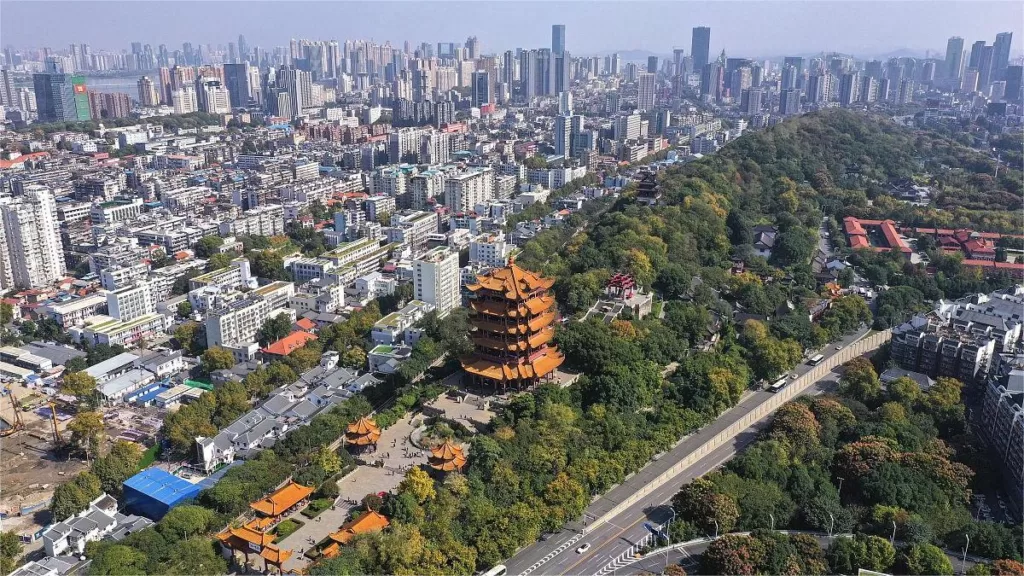
Snake Hill (蛇山), also known as Huanghu Hill or Sheshan Mountain, is a prominent natural landmark situated on the southern bank of the Yangtze River in the Wuchang district of Wuhan, China. Stretching approximately 1790 meters, with an elevation of 85 meters and a width ranging from 25 to 30 meters, Snake Hill takes on a sinuous form reminiscent of a coiled serpent. Its head faces the mighty Yangtze River, while its tail extends into the bustling urban landscape. Across the river, it gazes at the Turtle Hill of Hanyang.
The hill is steeped in historical significance, boasting a plethora of ancient relics and scenic spots. Over 20 renowned pavilions and towers adorn its slopes, attracting a procession of literary giants throughout the ages. Cui Hao, Meng Haoran, Li Bai, Wang Wei, and Lu You, among others, have all ascended Snake Hill to revel in its beauty, composing poems and essays inspired by the landscape.
Among the well-preserved attractions available for exploration are the iconic Yellow Crane Tower crowning the summit of Snake Hill, the auspicious Shengxiang Pagoda at the eastern end of the Yangtze River Bridge, the tomb of Chen Youliang at the southern foothills, the Yue Fei Pavilion at the peak of the central part of the hill, the Ice Embracing Hall on the southern slope, and the Changchun Taoist Temple located outside the eastern gate of Wuchang. Additionally, numerous significant stone inscriptions and engravings further enrich the historical tapestry of Snake Hill.
Inhaltsübersicht
Grundlegende Informationen
| Geschätzte Dauer der Tour | 3 Stunden |
| Ticketpreis | Kostenlos |
| Die Öffnungszeiten | 8.00 - 16.30 |
Standort und Transport
Snake Hill is located on the eastern bank of the Yangtze River in the Wuchang district of Wuhan, Hubei Province, China. With its head facing the Yangtze River and its tail reaching into the bustling city, it sits between Jiefang Road and Zhongshan Road. To get there, you can choose one of the following ways:
Bus: Take bus 10, 401, 504, or YX10 and get off at Yellow Crane Tower Stop (黄鹤楼站).
Metro: The closest metro station to Snake Hill is Simenkou Huanghelou (司门口黄鹤楼) on line 5. After getting out of the station from Exit A, walk about 100 meters to the south to reach the scenic area.
Highlights of Snake Hill
Gelber Kranich-Turm
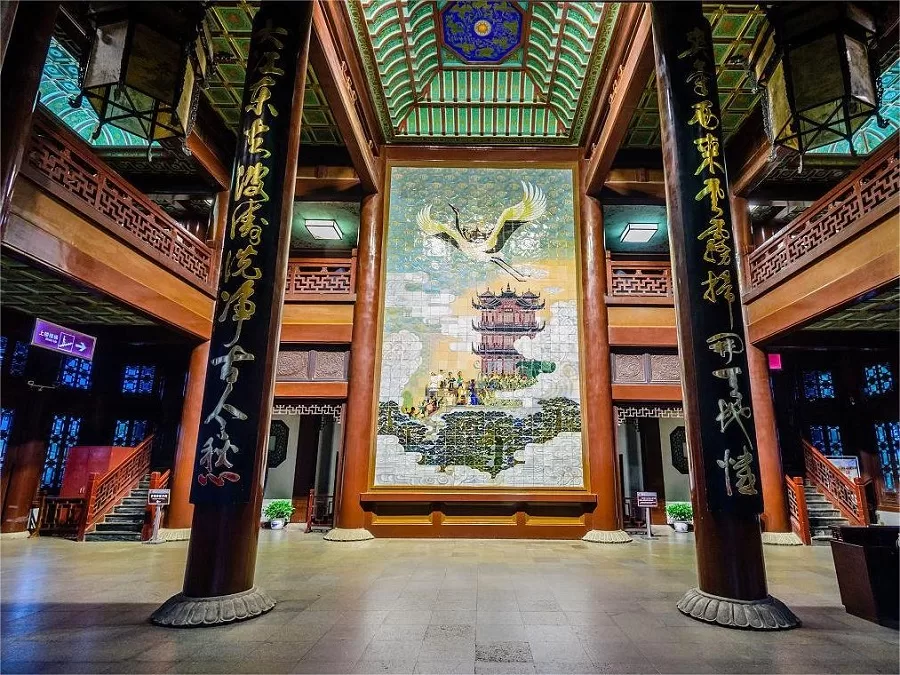
Dating back to 223 AD, the Yellow Crane Tower stands atop the peak of Snake Hill, soaring over 50 meters high. Adorned with 72 columns and 60 upturned eaves resembling a yellow crane in flight, the tower offers panoramic views of the Yangtze River and the picturesque scenery of Wuhan’s three towns. Inside, each floor is adorned with large-scale murals and historical artifacts. With over 100,000 yellow glazed tiles covering its exterior, the tower presents a vibrant and captivating spectacle against the backdrop of blue skies and white clouds.
Shengxiang Pagoda
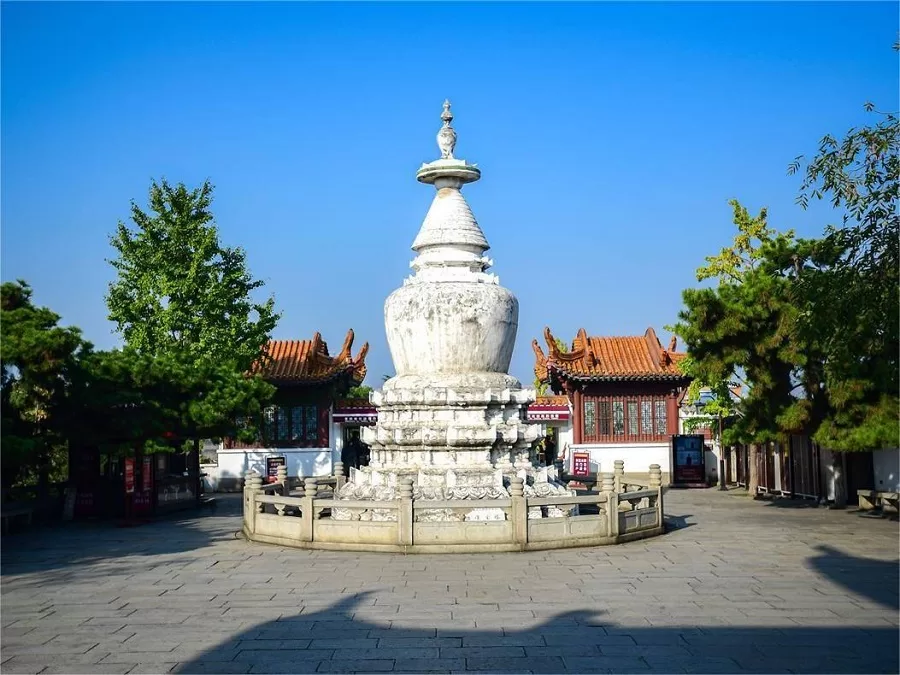
Originally built in 1343 AD by Prince Weishun of the Yuan Dynasty at the former site of the Yellow Crane Tower’s Huanghuji, the Shengxiang Pagoda was relocated to its current position in 1955. This Tibetan Buddhist stupa stands 9.36 meters tall and 5.68 meters wide, constructed with stone and brick. Its base features intricate patterns and Sanskrit inscriptions. The pagoda’s structure gradually tapers from the bottom to the top, forming a triangular silhouette and divided into five parts: the base, the body, the decorative wheel, the umbrella, and the spire. Known for its pristine white color and elegant simplicity, it stands as the only surviving Lama-style white pagoda in Wuhan.
Tomb of Chen Youliang
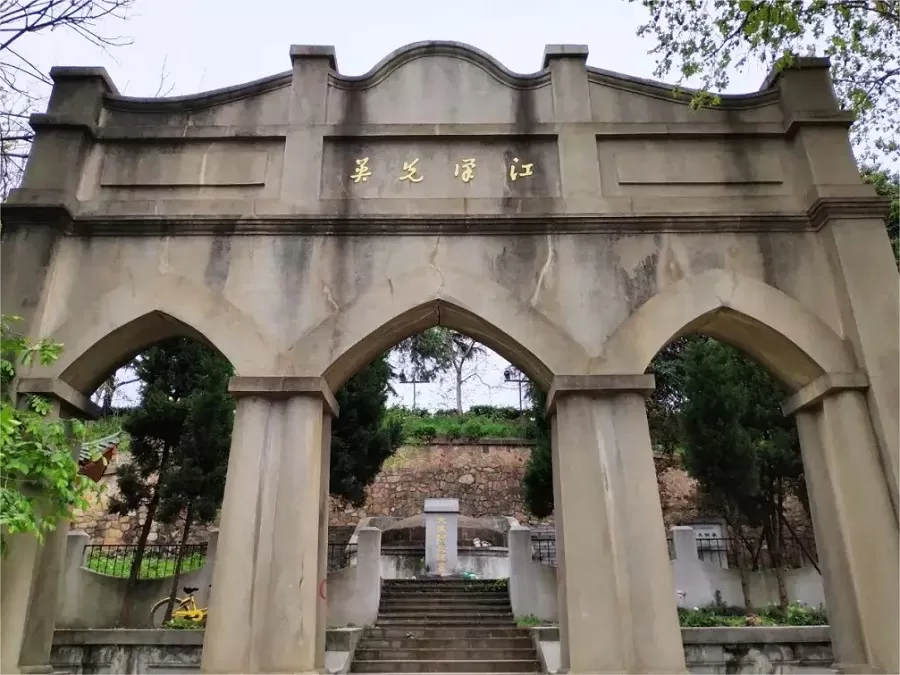
Located on the southern side of the Snake Hill’s bridge, the tomb of Chen Youliang, the leader of a peasant uprising and founder of the “Great Han” dynasty at the end of the Yuan Dynasty, holds historical significance. After declaring himself emperor in Jiangzhou (modern-day Jiujiang city) in 1360, Chen Youliang moved his capital to Wuchang and, following a battle with Zhu Yuanzhang at Poyang Lake in 1363, was fatally wounded by an arrow in Jiujang. His tomb, established as Wuhan’s first feudal emperor’s mausoleum, lies within this vicinity. The cemetery underwent restoration in 1912, completed the following year by Hubei Provincial Administration.
Yue Fei Pavilion
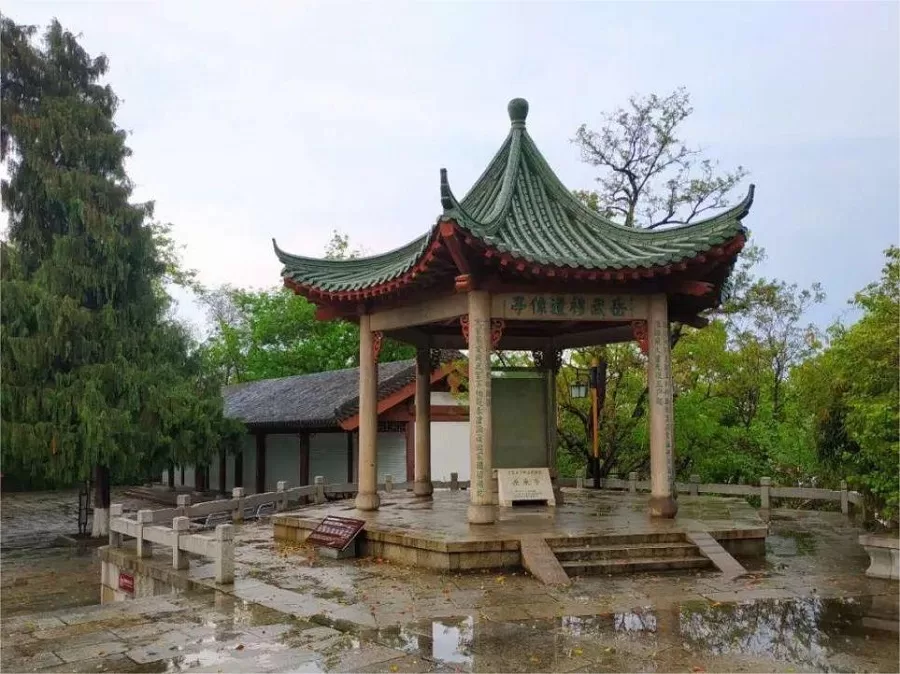
Perched atop the central part of Snake Hill, Yue Fei Pavilion holds a significant historical and patriotic legacy. In 1937, during the resistance against Japanese aggression in Wuhan, a group of locals cleared the ruins of the original Yue Temple on Snake Hill. Within these ruins, they discovered a Ming Dynasty stone stele bearing a half-length image of Yue Fei. To promote national spirit and inspire the populace to persevere in the resistance against the Japanese invaders, the stone stele was moved and a pavilion was built to house it. The pavilion, constructed with wood and stone, features a hexagonal structure with an upturned eave, exuding a dignified and ancient charm. The inscription on the pavilion reads “Yue Wumu Yi Xiang Ting” (岳武穆遗像亭), translating to “Yue Fei Memorial Pavilion.” The depiction of Yue Fei on the stele showcases bold lines, capturing a heroic and martial demeanor, making it a notable artistic masterpiece.
Changchun Taoist Temple
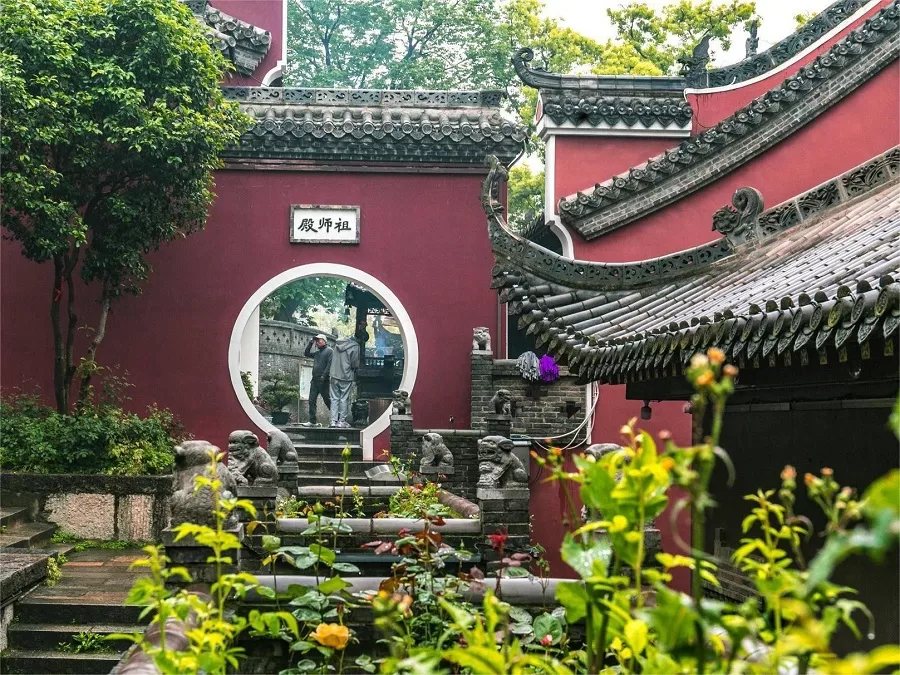
A renowned Taoist establishment, Changchun Taoist Temple has its roots in the Yuan Dynasty and underwent reconstruction during the Ming Yongle era and the Qing Kangxi era (1661-1722). The temple venerates the “Quanzhen School” of Taoism and is named after Qiu Chuji, a disciple of Wang Chongyang, the founder of the Quanzhen School, known by his Taoist name “Changchun Zi.” During the Northern Expedition in 1926, Ye Ting’s Independent Regiment stationed at Changchun Taoist Temple, transforming it into a frontline command post. The temple’s structures, including the scripture repository, Lai Cheng Tower, and the Three Emperor Halls, suffered damage from artillery fire but were later restored to their original appearance through the efforts and funding of Provincial Chairman Xia Douyin. In 1931, Daoist Hou Yongde, with the support of Xia Douyin, initiated extensive renovations, completing the architectural layout of Changchun Taoist Temple.
Attractions near Snake Hill
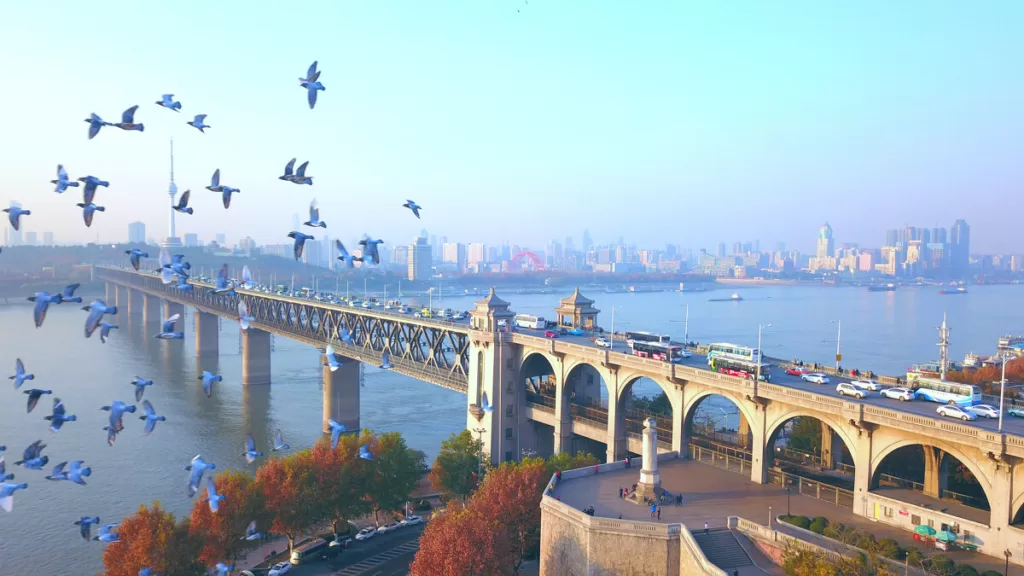
Wuhan Yangtze River Bridge - die erste Brücke über den Yangtze-Fluss

Hubu Alley - Zufluchtsort für Feinschmecker

Tanhualin Straße - Museum der Gebäude
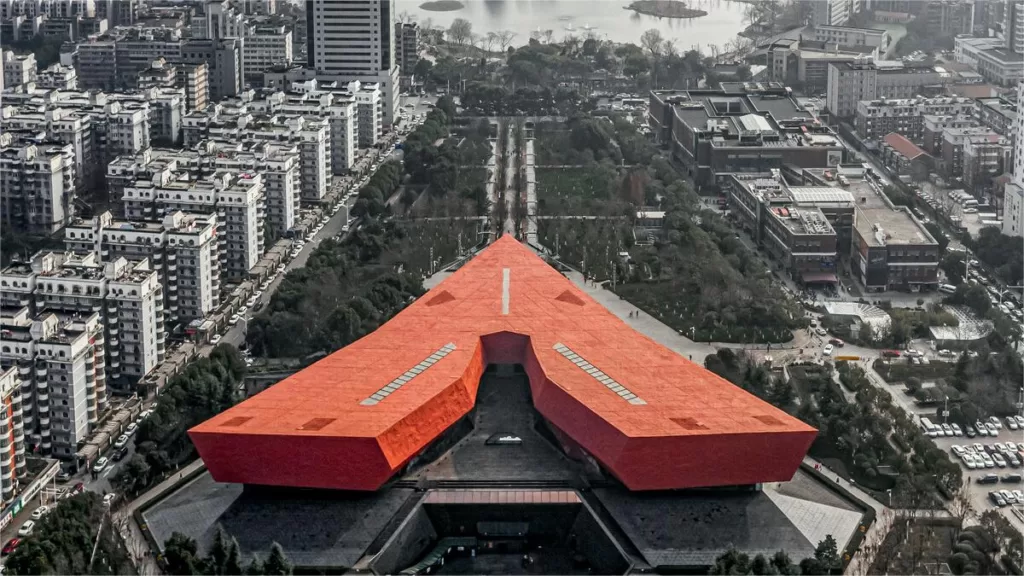
Xinhai Revolution Museum - Eine Reise durch das Jahr 1911

Revolutionäres Museum Wuhan - Eine Aufzeichnung der Kommunistischen Partei Chinas

Shouyi-Platz - Zum Gedenken an die Xinhai-Revolution
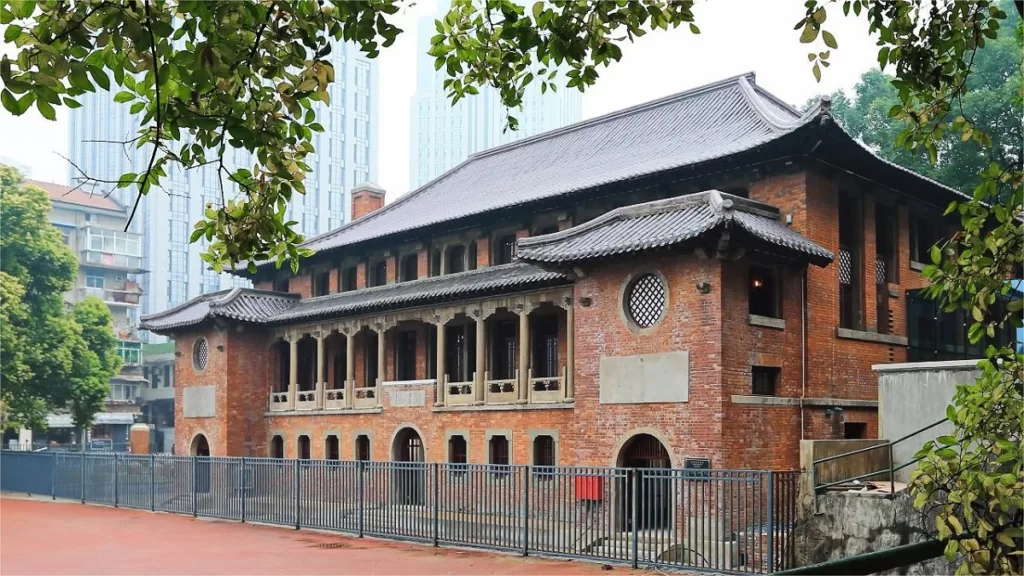
James Jackson Museum - Zu Ehren des ersten Präsidenten der Wenhua Universität
Hubei-Landschaft, Wuhan Attraktionen